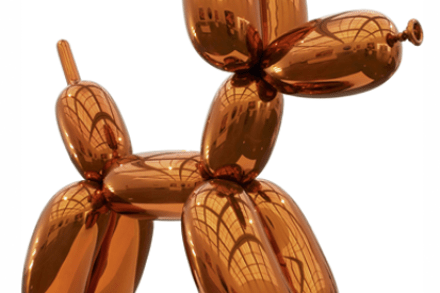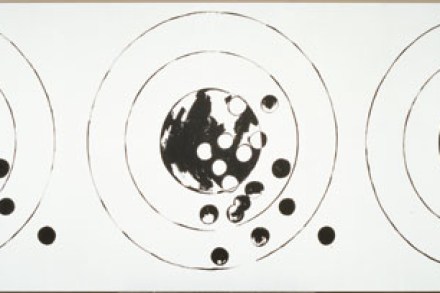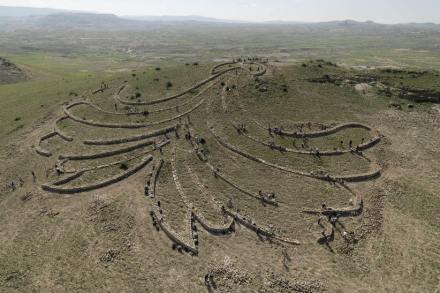Jeff Koons's work is childish — just like us
The contrast could not have been more acute. It came the day after a press release from Christie’s New York pinged into my inbox announcing the forthcoming sale of Jeff Koons’s ‘Balloon Dog (Orange)’ on 12 November. Even by current auction-house standards, the hype was of heroic immoderation but it was the novel brazen pandering













